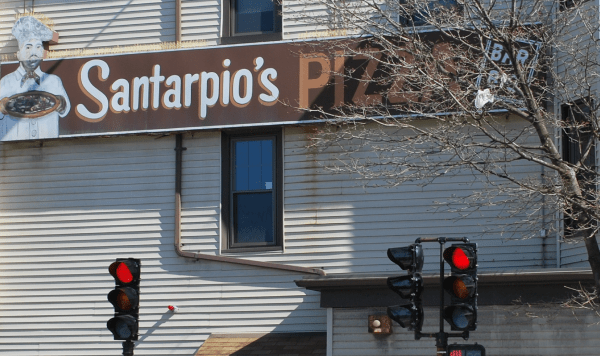What Are The Requirements To Get Admitted Into A Sober Living?
At a sober living house, rules and safeguards can help build a foundation for sustained long-term abstinence and improved quality of life. Sober living houses (also called halfway houses or recovery houses) refer to group residences for people recovering from https://ecosoberhouse.com/ addiction. Residents aren’t bound to the sober living home’s campus and can come and go as they please. This allows individuals in recovery to feel like they are easing back into normal life and can start going back to their daily tasks and responsibilities.

Most people who enter a sober living home were in an inpatient rehabilitation program, and this is the first place they reside following rehab. They may understand their addiction and the need to remain sober, but they want to maintain additional support after graduating from a rehabilitation program. How long you stay depends on the sober-living facility and your progress in recovery. Some sober-living facilities are only offered for as long as you are in the treatment program. For others, you can remain in a sober-living environment after treatment is completed.
We’re Ready When
As mentioned before, sober living homes are often created in residential dwellings. With this in mind, you’ll want to research the zoning laws of prospective properties. The regulations and zoning laws may differ depending on the city and state of your desired location. The residential property will need to be large enough to accommodate the number of residents you wish to serve. Furthermore, be prepared to face some backlash from nearby neighbors when starting a sober living home in a residential community. In your business plan, you’ll identify the sober living homes in the area that serve as your primary competitors.
- People can experience specific challenges in recovery depending on their gender.
- This is where counselors will evaluate a person’s physical, mental, and emotional health to create a treatment plan that is tailored specifically for them.
- In response, policymakers have attempted to create laws allowing states to regulate sober living homes.
Some sober living homes are covered by private insurance, government funding or Medicaid. Some residents also pay for sober housing through scholarships, loans or credit cards. In general, sober living homes cost as much as an average apartment. Depending on the city, neighborhood and services offered, rent can range from $300 to $2,000 per month. Some sober homes do not require residents to pay utility bills, but utilities may be rationed to avoid waste. The ways that sober living houses work vary depending on the level of support provided.
Virtual Services
Clients and their families want rules and structure that will maintain an orderly sober living home and maintain accountability among all residents. Sober living home rules that are honest, fair and that display cultural competency go a long way to help residents feel safe, comfortable, and supported in all aspects of their recovery. In Texas, sober living homes are not required to be licensed, but they can voluntarily request a license. Doing so can help ensure that sober housing is regulated and residents are treated fairly.

After reading through this guide, you’ll find you have many factors to weigh as you consider how to start a sober living home. The Drug Rehab Agency is your sober house partner here to help guide you through the process. In response, policymakers have attempted to create laws allowing states to regulate sober living homes.
Who Can Live in a Halfway House?
Women-only houses tend to focus on providing mental health support for their residents. If you are considering leaving a sober home soon or you’re curious about how long you should stay at your sober home, it’s a good idea to consult with your treatment team. They can provide helpful feedback on your progress, suggestions on how you can continue making progress, and help you determine the next steps for your own personal recovery journey. If you’re on your path to sobriety but don’t feel comfortable jumping back in to complete independence, a sober living home may be your answer. Here at the Discovery Institute, we specialize in recovery, healing, and relapse prevention.
Most sober living facilities do not provide free or low-cost services to their patients. This means that you or your loved one might have to pay for room and board, which could range from $50 to $600 per week. However, if you don’t have insurance or if your insurer doesn’t cover sober living treatment, then you’ll need to come up with the money on your own. A sober living house is a clean and quiet living environment for those leaving jail, those participating in outpatient programs, or seeking alternatives to formal treatment plans.

